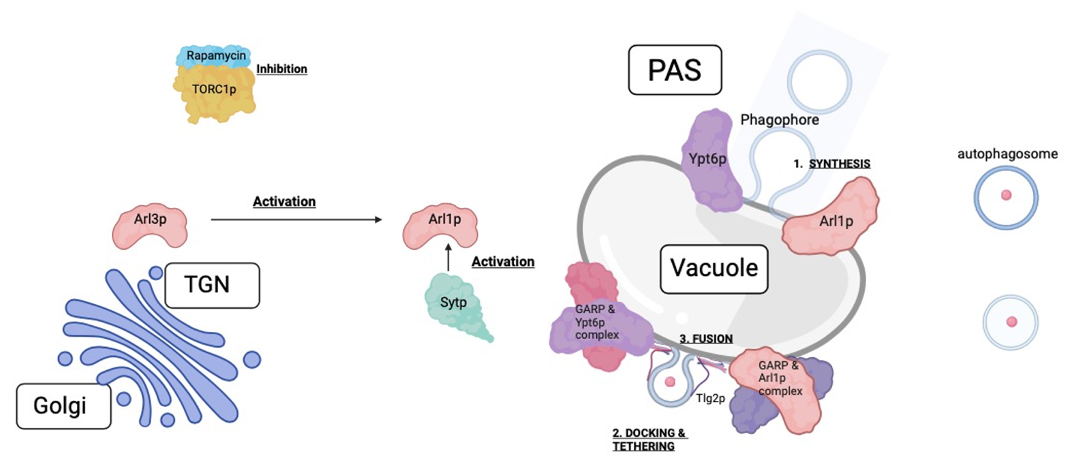Chitin Levels and Cell Death in Saccharomyces cerevisiae Smi1-∆ Cells Exposed to Antifungal Treatment
Abstract
The SMI1 gene plays an integral role in the coordination of a cell wall integrity (CWI) pathway in Saccharomyces cerevisiae. Thus, smi1-∆ mutant cells present cell wall defects due to their reduced capacity to synthesize cell wall components. Responding to weakened cell walls, yeast cells produce increased amounts of chitin as a compensatory mechanism. It was hypothesized that smi1-∆ cells will present lower cell death rates, increased chitin levels, and therefore present an increased tolerance to antifungals. Wildtype-a (WTa) cells, and smi1-∆ cells were treated with imidazole to study antifungal effects on cell viability and chitin production in smi1-∆ S. cerevisiae cells. To examine the effects of an antifungal stressor, cell death was quantified using hemocytometry and chitin levels were visualized using fluorescence microscopy. Imidazole-exposed smi1-∆ cells exhibit significantly lower cell death percentages. smi1-∆ cells have significantly higher cell wall chitin levels than WT-a cells and display further increases with antifungal treatment. These findings indicate that CWI pathway disruption in smi1-∆ cells may lead to an increased antifungal-tolerance. Examining interrupted CWI pathway compensatory mechanisms in mutant S. cerevisiae cells allows for a greater understanding of yeast tolerance to drugs, and aids in the development of more potent fungal infection medications.
Downloads
Published
Issue
Section
License
Copyright (c) 2024 Arabella Helgason, Sally Jones, Hannah Smith

This work is licensed under a Creative Commons Attribution-NonCommercial 4.0 International License.



